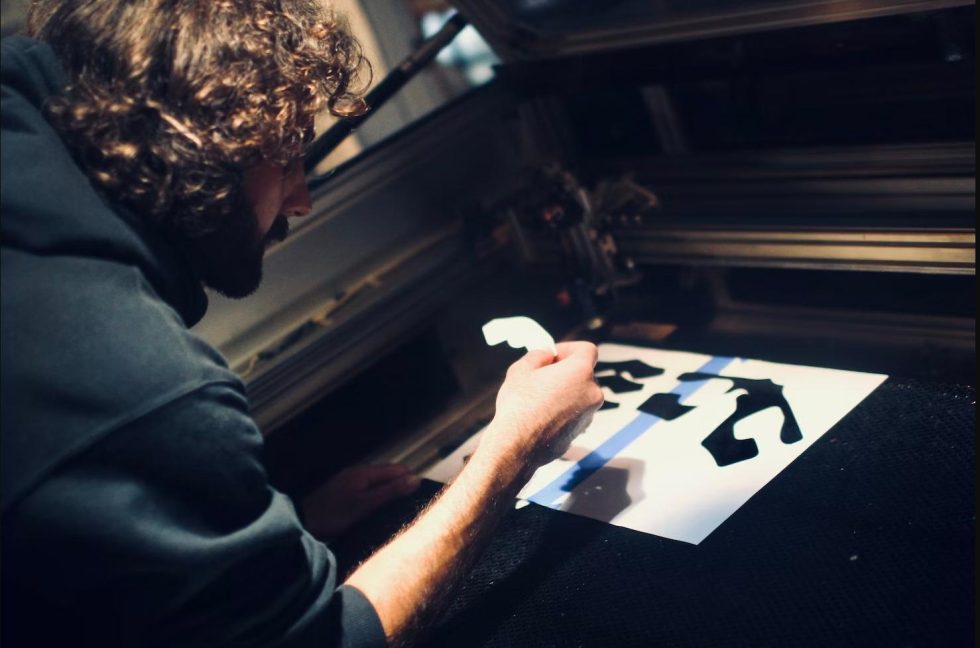Cast acrylic is created by moulding it between two separate layers of glass; a sealing material made of rubber is then positioned across the two layers to measure the acrylic’s density as it cools. The tolerance (thickness) fluctuates more widely throughout a sheet since this is a less precise moulding form. As a result of its superior strength and resistance to warping when warmed up, it is more costly than extruded acrylic while being more adaptable.
It can resist impacts effectively and is scratch-resistant. It is often used to make gifts, plaques, and trophies because it develops a smooth, icy white tint when laser-engraved, allowing the engraved surface to be seen through the object. Below are four suggestions for cleaning acrylic after the laser-cutting process.
Cleaning acrylic after laser cutting: four suggestions
1. Clean acrylic with microfiber or lint-free anti-static cloth called non-abrasive fabric
Acrylic charges up statically very rapidly, and static may draw dirt, lint, and other airborne particles to it. This may make acrylic objects appear unattractive, and regular cleaning seldom prevents it. To keep your item from accumulating dust, spray silicone or anti-static lubricant on it; just be sure to replenish the spray regularly. To avoid abrasion from harming the surface of your artwork, it is a good idea to eliminate adhering dirt before using any anti-static products.
2. Use a small amount of detergent to clean dirty surfaces
For cleaning grimy surfaces, use a modest quantity of detergent. Continuously clean acrylic with a non-abrasive material, like microfiber or anti-static lint-free cloth. If the surface is filthy, apply only a small quantity of light soap and clean it gently without applying too much pressure to the acrylic. Use none of the household cleaners. Almost certainly, the outermost layer will craze, and small pieces could completely break.
3. Avoid any detergent that contains alcohol, ammonia, or bleach, like window cleaner
However, you need to know a few cleaning issues when working with a laser cutter to cut acrylic. Please avoid using any items that include alcohol since they can cause small fragments to break and crack. The solvent acetone, along with MEK (methyl ethyl ketone), are other substances you should stay away from. These substances will cause the melting of the acrylic, making removal much more difficult.
4. Don’t put too much pressure on acrylic while cleaning
Pressure or chemical deterioration can occasionally cause hairline fractures to appear all over the outermost layer of acrylic. This not only weakens the acrylic but may also significantly alter its look. There are varieties of acrylic that are craze-resistant, like Plexiglass. The best approach to minimise crazing, though, is to stay away from certain cleaners and avoid putting pressure or stress on them when cleaning.
RazorLAB intends to keep you updated on the most recent quality advancements while assisting you in finding the ideal acrylic Laser Cutting for your upcoming project. Don’t hesitate to contact us if you still have any concerns or queries regarding cleaning acrylic after laser cutting. We offer the best online laser cutting and engraving services for the materials wood, fabric, cards and acrylic.
Note: This blog was originally published on razorlab.online


No comments yet